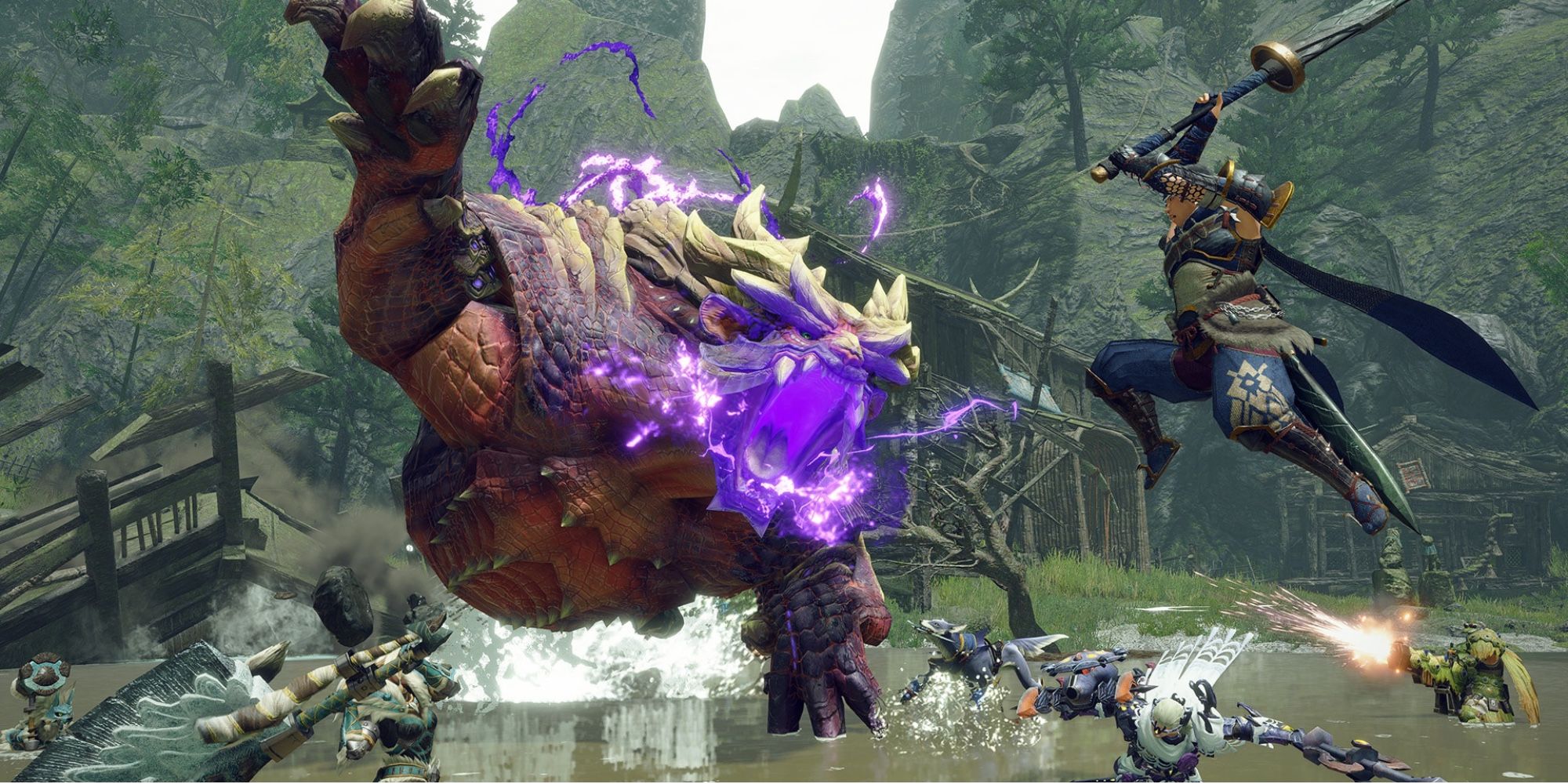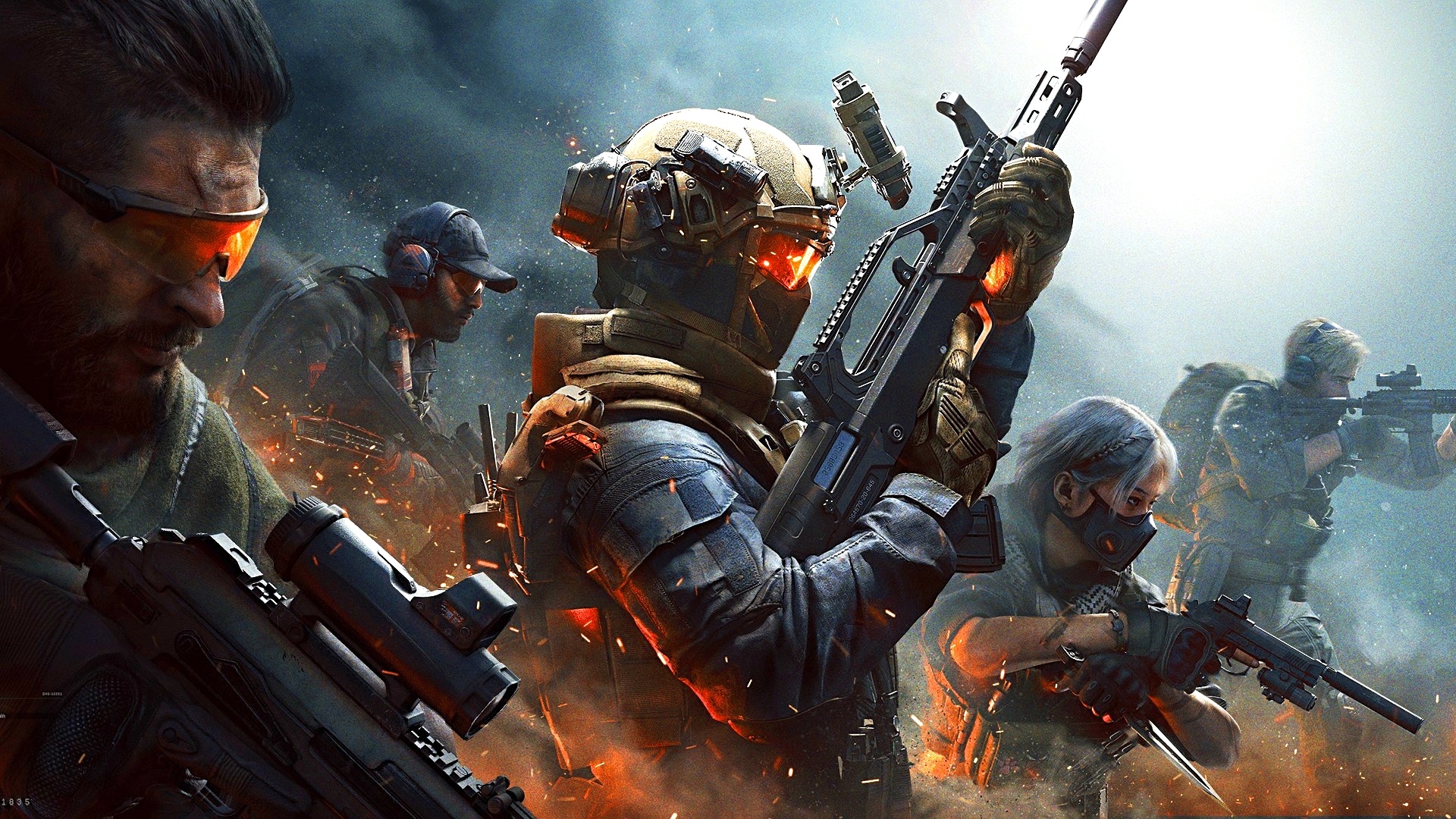
The Thrill of the Hunt: Why Action Games with PvE Modes Are Dominating the Gaming Landscape
In the ever-evolving world of video games, action games have consistently held a prominent position, captivating players with their visceral combat, adrenaline-pumping challenges, and the sheer satisfaction of overcoming seemingly insurmountable odds. However, a significant shift has occurred within the genre, with Player versus Environment (PvE) modes rising to prominence and captivating a wider audience than ever before. No longer content with solely facing off against other players, gamers are seeking cooperative experiences, compelling narratives, and the shared triumph of conquering challenging environments and formidable AI opponents. This article explores the burgeoning popularity of action games with PvE modes, delving into the reasons behind their appeal, the key elements that define them, and some notable examples that have shaped the landscape.
The Allure of Cooperation: Why PvE Resonates with Players
The appeal of PvE action games lies in their ability to foster a sense of camaraderie and shared purpose. Unlike the often cutthroat and competitive nature of PvP (Player versus Player), PvE emphasizes teamwork, communication, and the collective effort required to overcome obstacles. This collaborative aspect offers several key advantages:
- Reduced Toxicity: The focus on cooperation significantly reduces the potential for toxic interactions. Players are incentivized to support each other, share resources, and strategize together, fostering a more positive and enjoyable gaming experience.
- Accessibility for New Players: The forgiving nature of many PvE modes allows new players to learn the ropes without the pressure of constantly being defeated by experienced opponents. They can gradually improve their skills, experiment with different builds, and contribute to the team without feeling overwhelmed.
- Meaningful Progression: PvE modes often feature robust progression systems, allowing players to unlock new abilities, gear, and customization options as they overcome challenges. This sense of constant improvement and tangible reward keeps players engaged and motivated to continue playing.
- Emphasis on Story and Lore: PvE games often feature rich narratives and intricate world-building, immersing players in compelling stories and providing a deeper connection to the game world. This narrative focus adds another layer of depth and enjoyment beyond the core gameplay mechanics.
- The Thrill of the Underdog: Overcoming a difficult boss or clearing a challenging dungeon with a well-coordinated team provides a profound sense of accomplishment. The feeling of triumph is amplified by the shared experience, making it a more rewarding and memorable gaming moment.
Defining the PvE Action Game Experience: Key Elements and Design Considerations
While the core concept of fighting AI-controlled enemies remains consistent, PvE action games encompass a wide range of subgenres and gameplay styles. However, several key elements consistently contribute to a successful and engaging PvE experience:
- Challenging and Varied Enemy Encounters: The AI opponents in a PvE game should present a diverse range of challenges, requiring players to adapt their strategies and utilize different skills. This includes varied enemy types, unique attack patterns, and strategically placed ambushes to keep players on their toes.
- Well-Designed Environments: The game world should be visually appealing, immersive, and strategically designed to enhance the gameplay experience. This includes intricate level design, hidden pathways, and interactive elements that encourage exploration and reward curiosity.
- Meaningful Character Progression and Customization: Players should have the ability to personalize their characters, develop unique builds, and tailor their playstyle to suit their preferences. This includes a robust skill tree, a diverse range of weapons and gear, and cosmetic options for expressing individuality.
- Cooperative Mechanics and Team Synergy: The game should encourage teamwork and cooperation through mechanics such as shared resources, healing abilities, and coordinated attacks. Different character classes should complement each other, creating a synergistic team dynamic where each player contributes to the overall success.
- Compelling Narrative and Lore: A well-crafted story and intriguing lore can significantly enhance the PvE experience, providing context for the player’s actions and creating a deeper connection to the game world. This includes engaging characters, compelling storylines, and environmental storytelling that enriches the overall narrative.
- Endgame Content and Long-Term Engagement: To keep players engaged long after completing the main storyline, PvE games often feature endgame content such as challenging raids, repeatable dungeons, and daily quests that provide ongoing rewards and challenges.
Notable Examples: Shaping the Landscape of PvE Action Games
Several games have played a pivotal role in shaping the landscape of PvE action games, each offering a unique blend of gameplay mechanics, narrative elements, and cooperative experiences:
- Destiny 2: Bungie’s looter shooter has become a staple of the PvE action genre, offering a compelling blend of fast-paced gunplay, engaging cooperative activities, and a sprawling sci-fi universe. The game’s raids are particularly noteworthy, requiring coordinated teamwork and strategic thinking to overcome challenging encounters.
- Warframe: Digital Extremes’ free-to-play action RPG has garnered a dedicated following thanks to its fluid movement, customizable Warframes, and a vast array of weapons and abilities. The game’s cooperative missions and challenging boss fights provide a satisfying sense of progression and teamwork.
- Monster Hunter: World: Capcom’s monster-hunting masterpiece allows players to team up and hunt down colossal beasts in a beautifully rendered world. The game’s challenging combat, intricate crafting system, and cooperative hunts provide a unique and rewarding PvE experience.
- Diablo Series: Blizzard’s iconic action RPG series has long been a staple of the PvE genre, offering a compelling blend of dungeon crawling, loot hunting, and character progression. The series’ dark fantasy setting, engaging combat, and cooperative gameplay have cemented its place as a classic of the genre.
- Borderlands Series: Gearbox Software’s looter shooter franchise offers a unique blend of humor, over-the-top action, and cooperative gameplay. The series’ distinctive art style, memorable characters, and vast array of weapons and gear have made it a popular choice for players seeking a fun and engaging PvE experience.
- Deep Rock Galactic: Ghost Ship Games’ cooperative first-person shooter puts players in the roles of space dwarves tasked with mining precious resources on a hostile alien planet. The game’s unique blend of mining, combat, and cooperative gameplay has earned it a dedicated following.
- Remnant: From the Ashes: Gunfire Games’ soulslike shooter offers a challenging and rewarding PvE experience, tasking players with surviving in a post-apocalyptic world overrun by monstrous creatures. The game’s unique blend of ranged combat, melee combat, and cooperative gameplay has made it a popular choice for players seeking a difficult but rewarding challenge.
The Future of PvE Action Games: Innovation and Evolution
The future of PvE action games looks bright, with developers constantly innovating and pushing the boundaries of the genre. Some emerging trends and potential future developments include:
- Enhanced AI and Enemy Variety: Developers are exploring more sophisticated AI algorithms that can create more challenging and unpredictable enemy encounters. This includes enemies that adapt to player tactics, utilize more complex strategies, and exhibit more realistic behaviors.
- Procedural Generation and Dynamic Content: Procedural generation can create unique and varied environments and encounters, providing a constantly evolving and unpredictable PvE experience. Dynamic content, such as world events and evolving storylines, can further enhance the replayability and engagement of PvE games.
- Cross-Platform Play and Enhanced Social Features: Cross-platform play allows players to team up with friends regardless of their preferred gaming platform, expanding the player base and fostering a more inclusive community. Enhanced social features, such as in-game voice chat, clan systems, and community events, can further strengthen the social aspects of PvE games.
- Integration of New Technologies: Technologies such as virtual reality (VR) and augmented reality (AR) have the potential to revolutionize the PvE action game experience, creating more immersive and interactive environments. Cloud gaming can also make PvE games more accessible to a wider audience, allowing players to stream games to a variety of devices.
In conclusion, action games with PvE modes have carved out a significant niche in the gaming landscape, offering a compelling blend of challenging gameplay, cooperative experiences, and engaging narratives. The allure of teamwork, the thrill of overcoming difficult challenges, and the satisfaction of shared triumphs have made PvE action games a popular choice for players seeking a rewarding and social gaming experience. As developers continue to innovate and push the boundaries of the genre, the future of PvE action games promises to be even more exciting and immersive than ever before.

